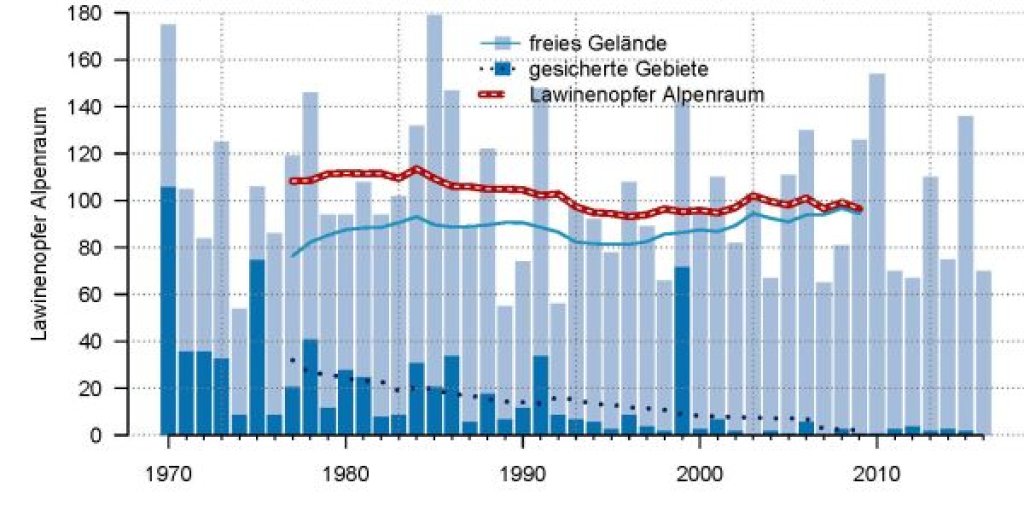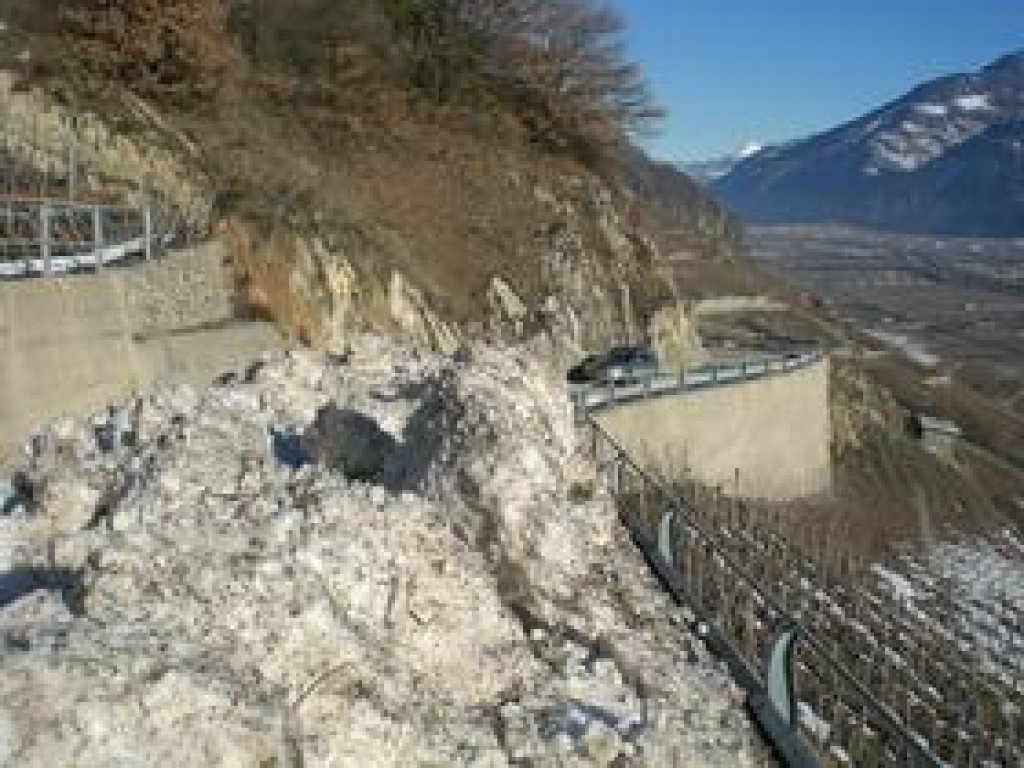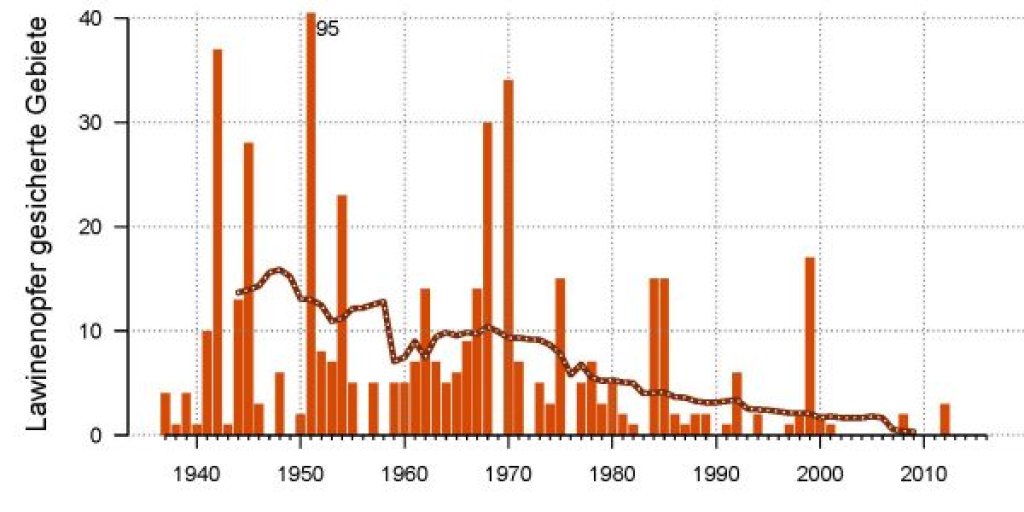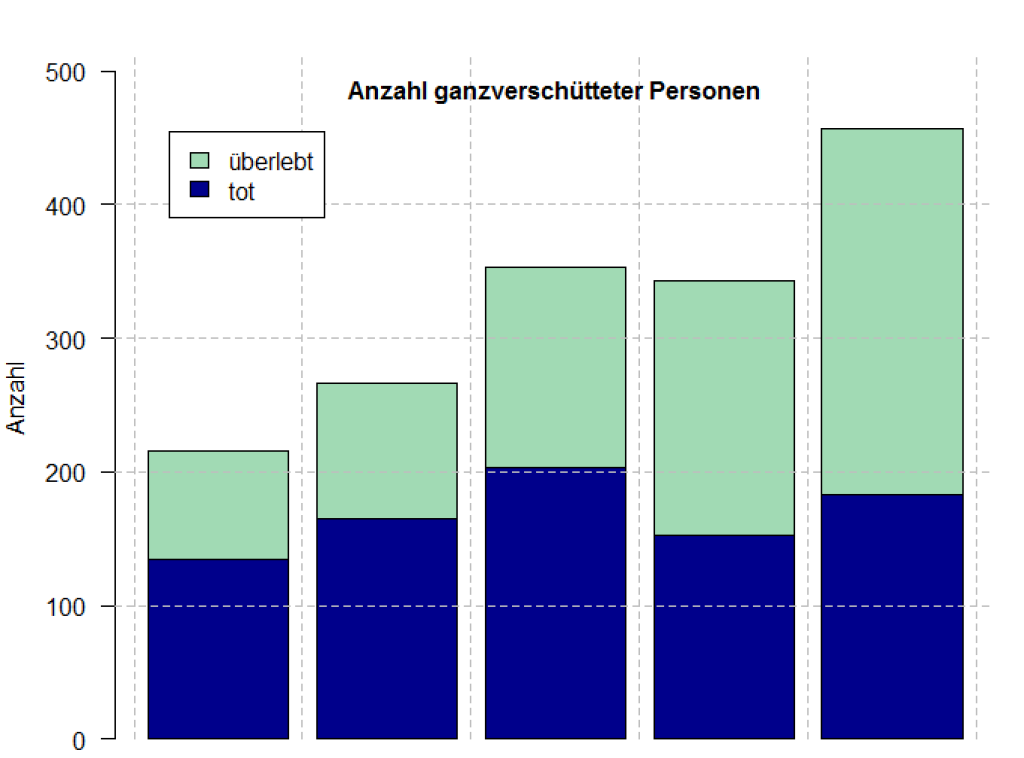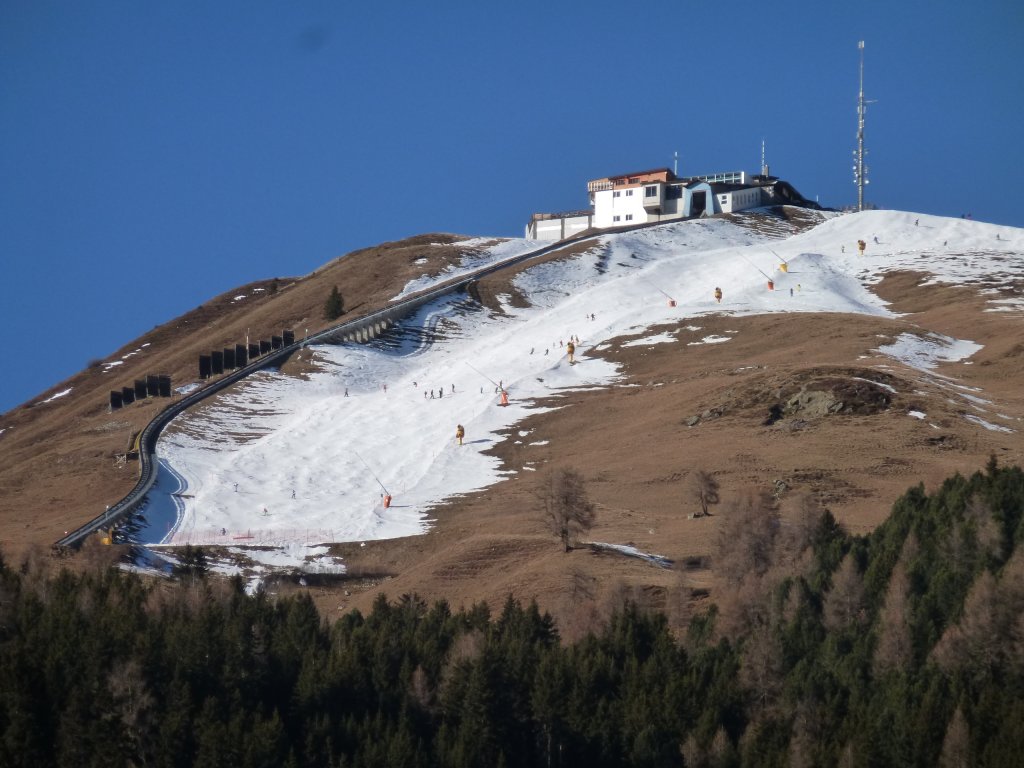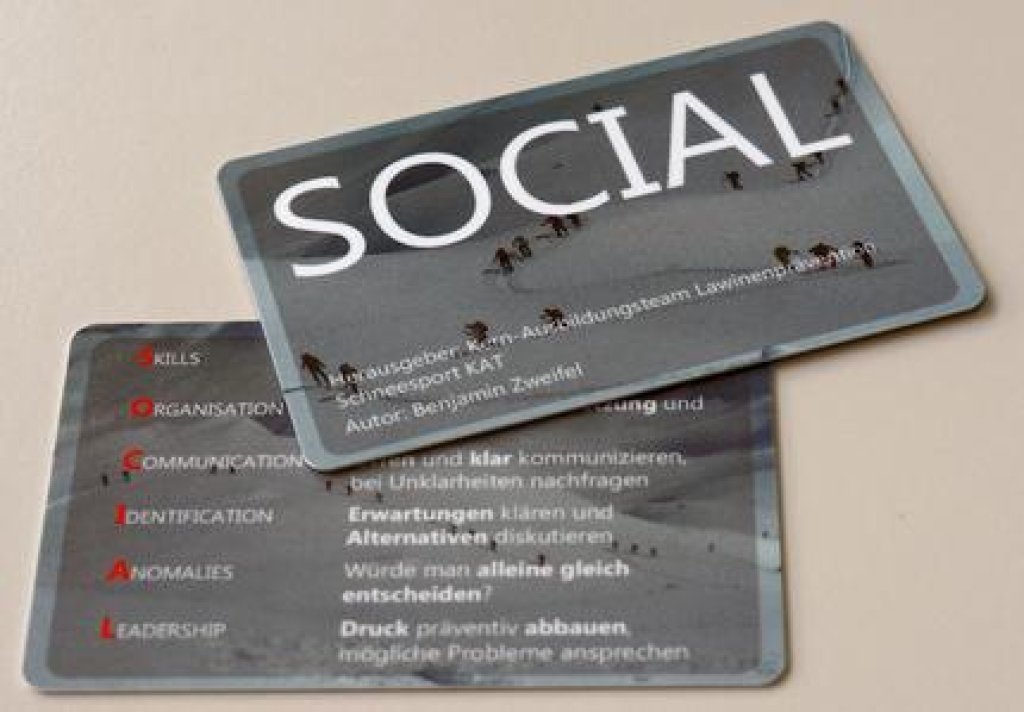Off-piste snow sports are booming. Many ski tourers and freeriders will be out and about again next winter. Are there therefore more and more avalanche victims? In order to answer this question, the SLF analyzed the fatal avalanche accidents, all of which have been archived in the institute's avalanche database since 1936.
Significantly fewer victims in secured terrain
In the 80 years since 1936/37, almost 2,000 people have died in more than 1,000 avalanches in the Swiss Alps and the Jura. In secured areas - roads and railroad tracks, settlements and ski slopes - the number of victims has fallen significantly in recent decades. Whereas at the end of the 1940s an average of 15 people per year died in avalanches, in 2010 the figure was less than 1 person per year. Most of these avalanches were spontaneous, and almost half of the victims on traffic routes and ski slopes were occupational accidents. Large investments in avalanche barriers, better hazard maps, successful closures, evacuations or artificial avalanche triggering are likely to have contributed significantly to the fact that far fewer people die in avalanches in secured areas today than in the past.
